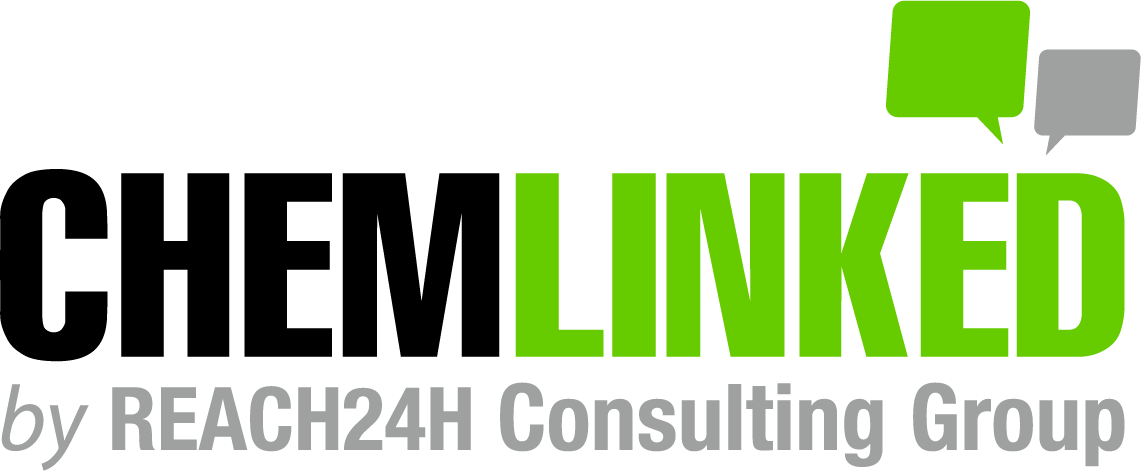Specifics of the draft testing methods are as follows:
16 Testing Methods for Toothpaste
No. | Introduction | |
1 | Determination of pH in Toothpastes | This method is suitable for the determination of the pH value of toothpaste. |
2 | Determination of Free Formaldehyde in Toothpaste | This method specifies the post-column derivatization-high performance liquid chromatography method for the determination of free formaldehyde content in toothpaste. |
3 | Determination of Methanol in Toothpaste | This method specifies the determination of methanol content in toothpaste by gas chromatography. |
4 | Determination of Dioxane in Toothpaste | This method specifies the determination of dioxane content in toothpaste by gas chromatography-mass spectrometry method. |
5 | Determination of Mercury in Toothpaste | The first method of this method specifies the determination of total mercury content in toothpaste by hydride atomic fluorescence photometry, and the second method specifies the determination of total mercury content by the direct mercury analyzer method. |
6 | Determination of Lead in Toothpaste | The first method of this method specifies the determination of lead content in toothpaste by graphite furnace atomic absorption spectrophotometry, and the second method specifies the determination of lead content by flame atomic absorption spectrophotometry respectively. |
7 | Determination of Arsenic in Toothpaste | This method specifies the determination of total arsenic content in toothpaste by hydride atomic fluorescence spectrometry. |
8 | Determination of Cadmium in Toothpaste | This method specifies the determination of total cadmium content in toothpaste by flame atomic absorption spectrophotometry. |
9 | Determination of Li and 36 Kinds of Elements in the Toothpaste | This method specifies the determination of the content of 37 elements including lithium in toothpaste by inductively coupled plasma mass spectrometry. |
10 | Oral Mucous Irritation Test | This method is suitable for evaluating the potential irritating effect of toothpaste on oral mucous. |
11 | General Guidelines | This part specifies the basic requirements for microbiological test of toothpaste, and is applicable to the collection, storage of toothpaste samples and the preparation of samples for testing. |
12 | Aerobic Plate Count | This method specifies the testing method for aerobic plate count in toothpaste. |
13 | Thermotolerant Coliform Bacteria Test | This method specifies the testing method for Thermotolerant Coliform Bacteria in toothpaste. |
14 | Pseudomonas Aeruginosa Test | This method specifies the testing method for Pseudomonas aeruginosa in toothpaste. |
15 | Staphylococcus Aureus Test | This method specifies the testing method for Staphylococcus aureus in toothpaste. |
16 | Molds and Yeasts Count | This method specifies the testing method for molds and yeasts count in toothpaste. |
2 Testing Methods for Cosmetic Ingredients
No. | Introduction | |
1 | Determination of Dioxane in Cosmetics | This method specifies the gas chromatography-mass spectrometry method for the determination of dioxane content in cosmetics. It is suitable for the determination of dioxane content in liquid water-based, creams and lotions, gels, powders, and cleansing oil cosmetics. |
2 | Determination of Dimetridazole and Other 119 Kinds of Components in Cosmetics | This method specifies the liquid chromatography-mass spectrometry method for Dimetridazole and other 119 kinds of components in cosmetics, including qualitative screening methods and quantitative determination methods. It is suitable for the qualitative screening and quantitative determination of 120 ingredients such as dimethonidazole in liquids, creams and lotions, gels, powders, wax-based and oil-based cosmetics. |
2 Methods for Toxicological Test
It's noteworthy that the current Safety and Technical Standards for Cosmetics (STSC) lack a dedicated chapter on the pretreatment of toxicological test samples for cosmetic ingredients and products, with no relevant content on acute inhalation toxicity tests. The introduction of the following two standards aims to complement and improve the current STSC.
No. | Introduction | |
1 | Technical Requirements for Pretreatment of Cosmetic Materials and Products in Toxicological Experiments | This standard specifies the basic principles, requirements, and methods for toxicological test sample’s pretreatment, and is applicable to toxicological testing of cosmetic ingredients and products. |
2 | Acute Inhalation Toxicity Study | This standard specifies the basic principles, requirements, and methods for acute inhalation toxicity testing of animals, and is applicable to the toxicology test for the safety of cosmetic ingredients. |




 We provide full-scale global cosmetic market entry services (including cosmetic registering & filing, regulatory consultation, customized training, market research, branding strategy). Please contact us to discuss how we can help you by
We provide full-scale global cosmetic market entry services (including cosmetic registering & filing, regulatory consultation, customized training, market research, branding strategy). Please contact us to discuss how we can help you by 









